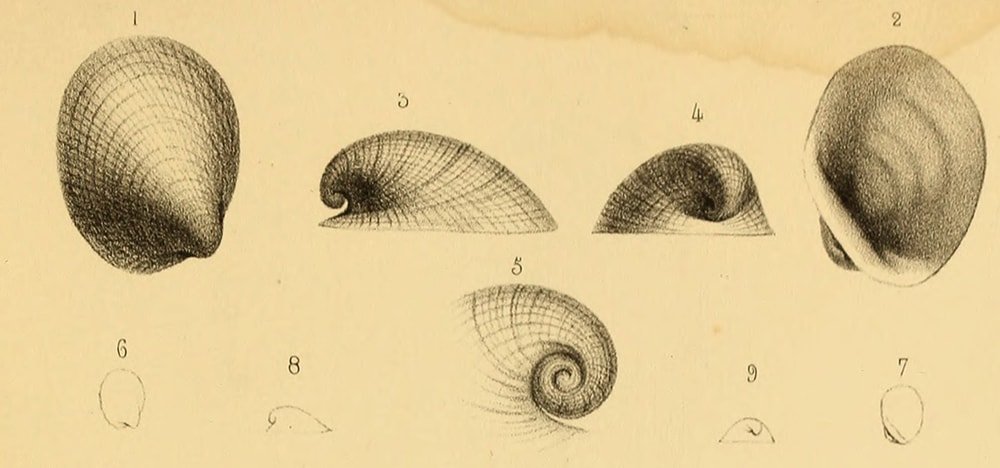Australia’s inland jellyfish

NEXT TIME YOU take a dip in a lake or river, look out for freshwater jellyfish (Craspedacusta sowerbii). They won’t sting you, but they may surprise you as animals that live among us without us knowing. A mere 5-25mm across and transparent, with tentacles up to 20mm long, they lurk in dams and sluggish streams across much of Australia, from Darwin to Tasmania.
They are native to China rather than Australia, which could be one reason they attract little comment from naturalists. Their inert polyp stage, when they can be transported with aquarium fish and plants, explains how they spread from the Yangtze River to every continent except Antarctica to become one of the world’s most widespread freshwater animals. They were first discovered in an ornamental pool in Regent’s Park, London, in 1880.
Australia does have native lake jellyfish (Australomedusa species) living in salt lakes in Victoria, South Australia and Western Australia. These are minute – only a couple of millimetres across – and very poorly known. They are too small and fragile to be detected during most surveys of wetlands. Two species are known and there are probably more awaiting discovery by anyone with enough dedication and care to look for them.
The word ‘jellyfish’ is used by biologists for two groups of animals, and those I am considering are comb jellies, unrelated to the much larger jellyfish that wash up on our beaches, though they have similar features. The great majority of comb jellies live in the sea, and some are very large.

12mm of molluscan monster: the Great Lake Giant Limpet. (Source: Wikimedia)
Biologist Lisa Gershwin has suggested that freshwater jellyfish could be useful in mosquito control, because they prey readily on wrigglers, the larval stages of mosquitoes.
Limpets are another group associated with the sea that have tiny counterparts in fresh water. Found on submerged plants and stones, most freshwater limpets are less than 7mm across and, like freshwater jellyfish, are rarely noticed. Tasmania is home to the world’s largest, the 12mm-long Great Lake giant limpet (Ancylastrum cumingianus). But introduced trout like to eat it, and it appears to be close to extinction.
Tim Low is the author of the award-winning book Where Song Began. Follow him on Twitter @TimLow5.
READ MORE:




